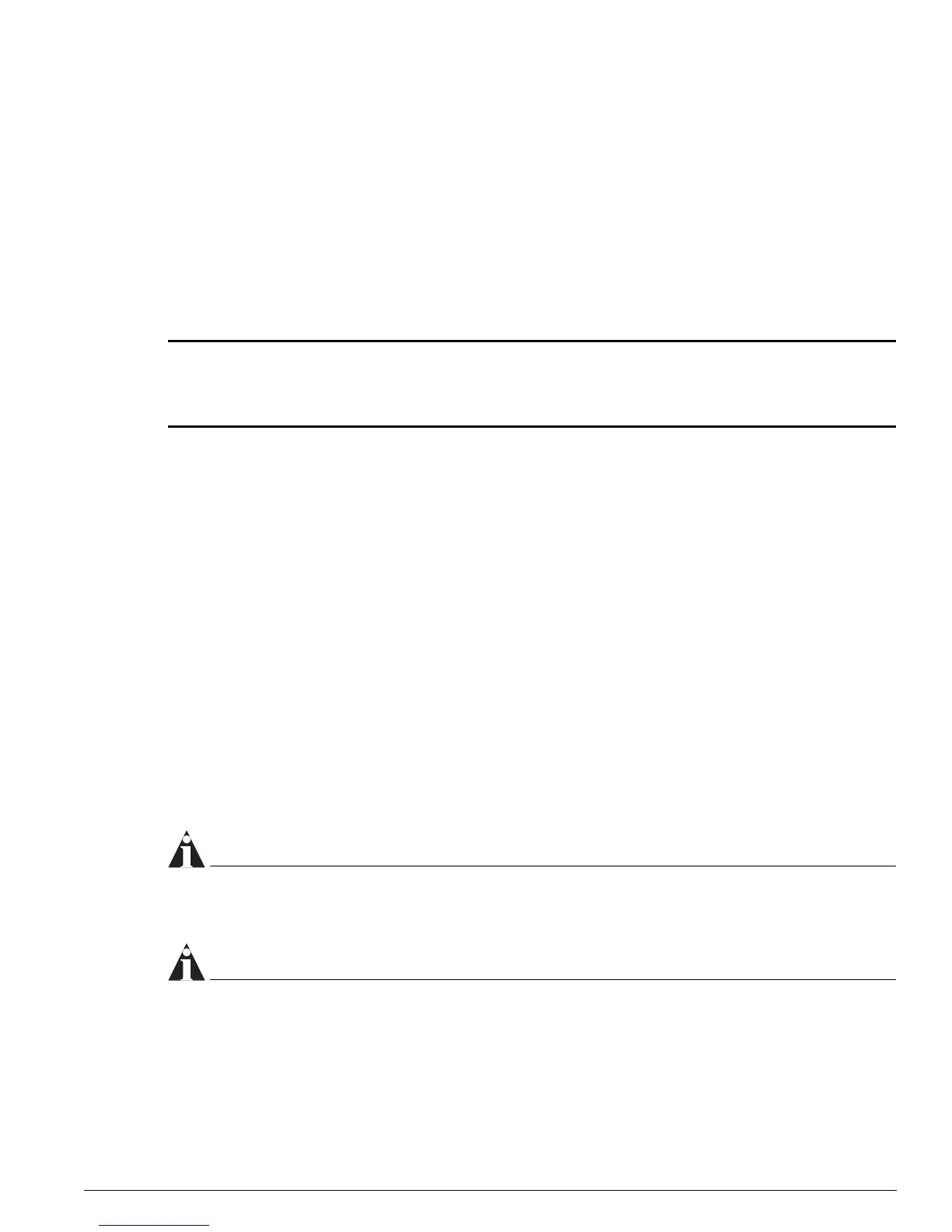configure eaps failtime expiry-action
ExtremeWare Software 7.3.0 Command Reference Guide 975
configure eaps failtime expiry-action
configure eaps <name> failtime expiry-action [ open-secondary-port |
send-alert]
Description
Configures the action taken when the failtimer expires.
Syntax Description
Default
Default is send-alert.
Usage Guidelines
In earlier releases of ExtremeWare, when the failtimer of a master node expired, the default action was
to open the secondary port. If the master node loses three Hello-PDUs in a row, the failtimer will expire,
but there might not necessarily be a break in the ring. Opening the secondary port in this situation
would create a loop.
The
configure eaps failtime expiry-action
command allows you to configure the action taken
when the failtimer expires.
By default the action is to send an alert if the failtimer expires. Instead of going into a “Failed” state, the
master node remains in a “Complete” or “Init” state, maintains the secondary port blocking, and writes
a critical error message to syslog warning the user that there is a fault in the ring. An SNMP trap is also
sent.
To use the failtimer expiry action of earlier releases, use the
open-secondary-port
parameter.
NOTE
You must explicitly configure the failtimer expiry action to
open-secondary-port
if the EAPS ring
includes a section composed of non-EAPS devices.
NOTE
If you have a previous release of ExtremeWare and are upgrading to ExtremeWare 7.1, the failtimer
expiry action will default to
send-alert
.
name Specifies the name of an EAPS domain.
open-secondary-port Specifies to open the secondary port when the failtimer expires.
send-alert Specifies that a critical message is sent to the syslog when the failtimer
expires.

